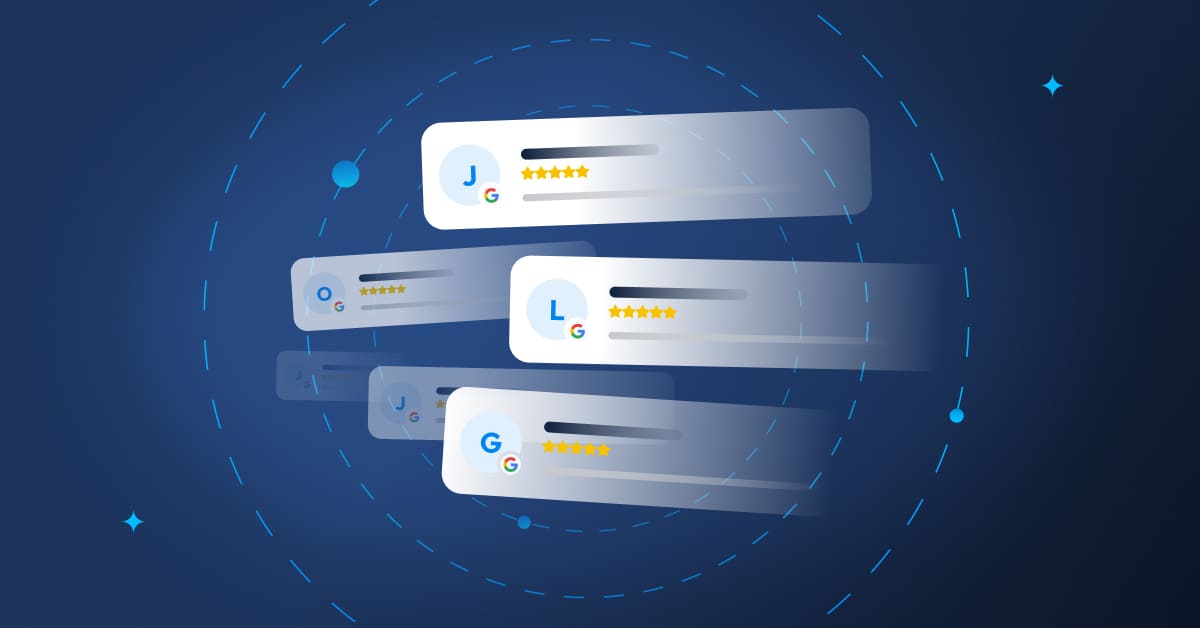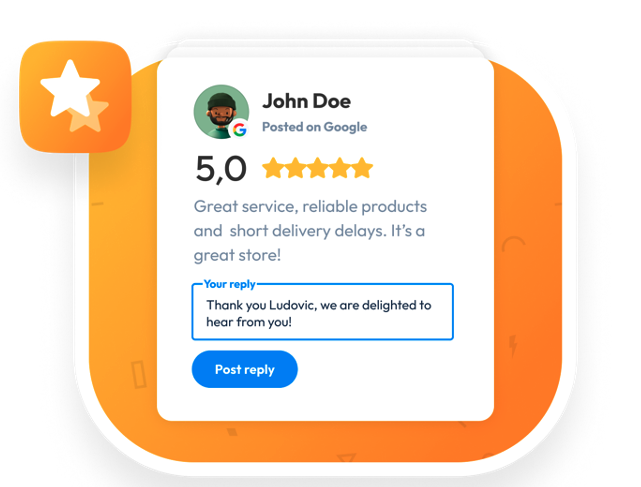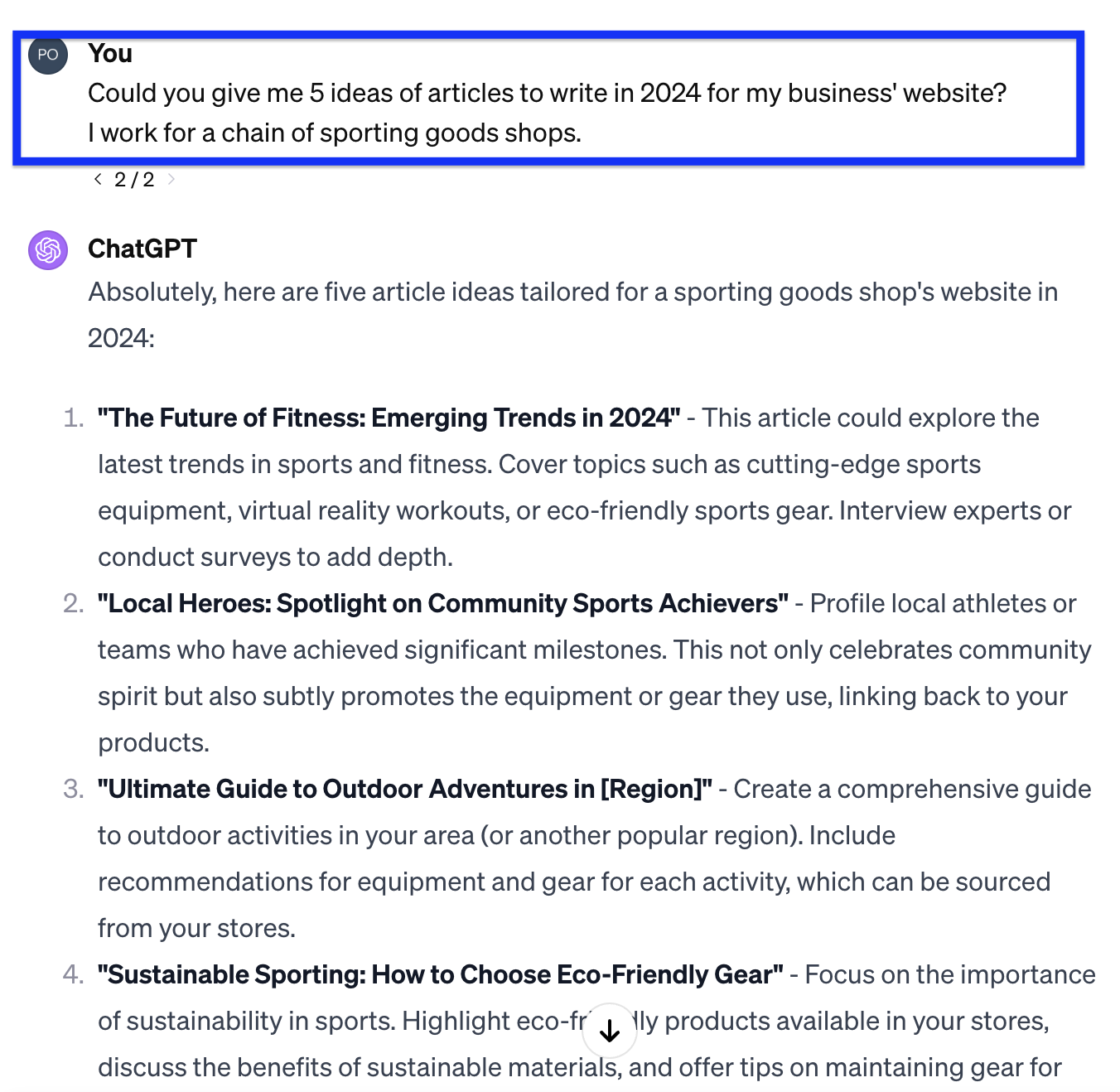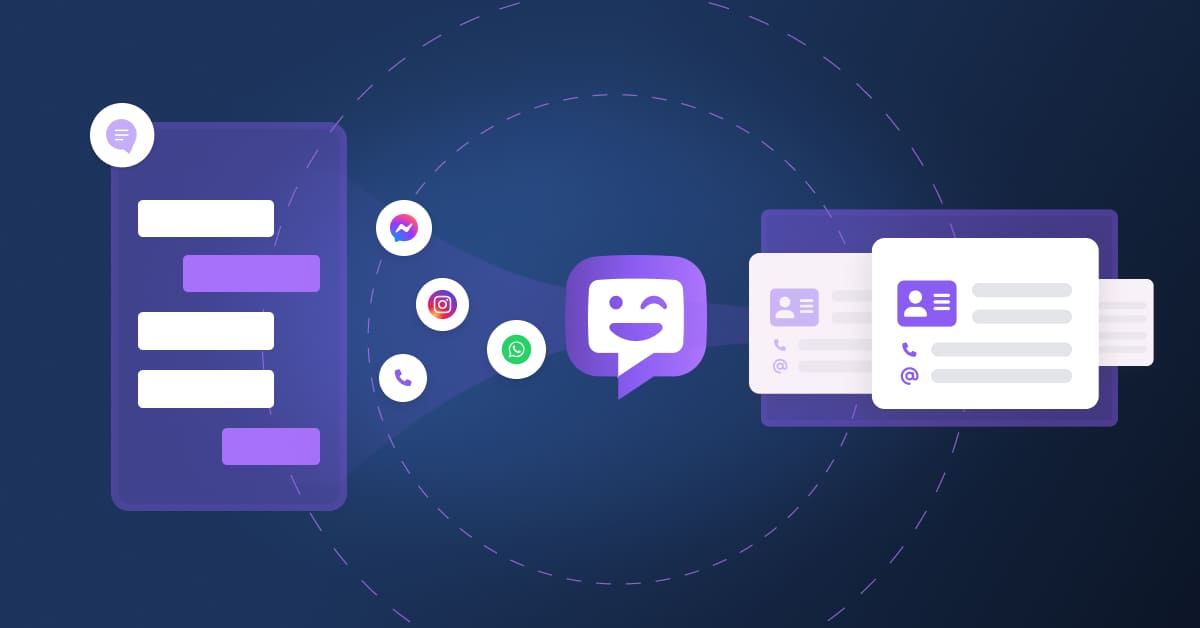
Disappearing Google Reviews: Removal or Bug?
Over the past few days, many business owners have noticed a sudden and sometimes drastic…

Table of contents
Artificial Intelligence (AI) is on track to become a daily tool for many businesses in 2024. And for good reason: increased productivity of teams, enhanced creativity, personalisation of the customer experience, improved SEO, cost reduction… The advantages of opting for AI are numerous!
In this article, discover the 10 key terms to master in order to understand how generative AI works.
Generative artificial intelligence is a type of artificial intelligence that enables the generation of various forms of content, including:
Generative AIs employ machine learning methods to learn from vast amounts of information and then use that knowledge to produce new content.

Keep in mind
Generative AI doesn’t seek existing content in a database; instead, it creates content from scratch, on demand, and in near-real-time!
Generative AI doesn’t seek existing content in a database; instead, it creates content from scratch, on demand, and in near-real-time!
The goal of generative AI is indeed to perform tasks that require a certain level of “intelligence,” typically carried out by humans. In other words, generative AI aims to artificially replicate human creativity and skills. Therefore, it can be entrusted with tasks such as creating a design, writing text, or video editing.

Multimodal artificial intelligence is an approach aimed at developing systems capable of simultaneously understanding and processing multiple formats of information, such as texts, images, and audio. Unlike unimodal systems that focus on a single format, multimodal AI seeks to leverage different types of sources to achieve a more holistic understanding.
These systems often use deep learning models to consistently process heterogeneous information. For example, multimodal AI can be used to understand the meaning of a conversation between two individuals by considering not only their language but also their gestures. Multimodal artificial intelligence can be envisioned in any complex scenario that requires the consideration of multiple data formats.
A language model is a computer system trained on large sets of textual data to learn the structures, grammatical rules, and semantic relationships of our language.
Generative language models are particularly powerful because they can create text contextually by considering the background of words or phrases in a sequence. Users interact with these models by providing an instruction called a “prompt,” thereby guiding the generation of text.

Keep in mind:
Language models form the foundation of how AI systems generate text. These AIs are widely utilized by professionals and individuals for automated content generation and machine translation.
Language models form the foundation of how AI systems generate text. These AIs are widely utilized by professionals and individuals for automated content generation and machine translation.

In the context of generative AI, a “prompt” refers to an instruction or a series of keywords provided to a language model to guide the generation of content. It is a directive given to the AI to steer it in responding to the query.
Prompts can vary in complexity, ranging from simple sentences to detailed descriptions, thereby influencing the tone, style, and content of the generated output. The quality and relevance of the prompt play a crucial role in the AI’s ability to produce coherent and user-expectation-aligned responses.

Did you know?
Users can easily string together different prompts to obtain varied results and thus refine the outputs generated by the language model!
Users can easily string together different prompts to obtain varied results and thus refine the outputs generated by the language model!

Training data is information used to train a language model. This data typically consists of a vast collection of texts from various sources, allowing the model to learn linguistic rules, semantics, and nuances of natural language.
Training data is crucial as it enables the model to acquire a deep understanding of language, thereby allowing it to generate contextually relevant text when presented with subsequent instructions or prompts. The quality and diversity of the training data directly impact the model’s performance. Therefore, a well-chosen dataset contributes to improving the model’s ability to produce accurate and user-specific results.

A “Large Language Model” (LLM) generally refers to a particularly extensive and complex pre-trained language model.
These models are capable of understanding and generating natural language with increased sophistication. LLMs are trained on massive sets of textual data, enabling them to capture subtle language mechanisms and produce highly relevant results.

Did you know?
GPT, or “Generative Pre-trained Transformer,” refers to a family of LLMs developed by the company OpenAI. Google also has its own LLM called Gemini.
GPT, or “Generative Pre-trained Transformer,” refers to a family of LLMs developed by the company OpenAI. Google also has its own LLM called Gemini.
The main difference between supervised and unsupervised learning in LLMs lies in how the models are trained. Supervised learning involves the language model being provided with input text examples paired with corresponding output text during its training phase.
Conversely, unsupervised learning involves exposing the model to unpaired data. This approach allows the model to learn inherent language characteristics without having explicit correspondences between inputs and outputs, promoting autonomous and more creative text generation.
Conversational agents, also known as “chatbots,” are computer programs designed to engage in conversations with users. These conversational agents use LLMs to understand user queries and reply to them naturally. They are trained on large datasets to acquire a nuanced understanding of language, enabling them to hold smooth conversations and provide relevant responses.
Conversational agents allow generative AIs to integrate into various platforms (company websites, CRM, etc.), where their ability to mimic human interactions enhances the user experience.

LLM or conversational agent?
GPT is an LLM, while ChatGPT is its conversational agent. Similarly, Google’s LLM, Gemini, has its conversational agent, Bard.
GPT is an LLM, while ChatGPT is its conversational agent. Similarly, Google’s LLM, Gemini, has its conversational agent, Bard.
Machine learning, or automatic learning, is a fundamental approach that enables language models to improve and generate text autonomously. This system allows language models to “learn” by themselves from the data they have access to.
In other words, language models function like artificial brains that develop their intelligence based on their own knowledge. They are not simple algorithms that perform tasks through explicit programming.

Keep in mind:
Indeed, it’s because they are capable of learning on their own through machine learning that generative AI deserves the name “artificial intelligence“!
Indeed, it’s because they are capable of learning on their own through machine learning that generative AI deserves the name “artificial intelligence“!
A subfield of machine learning, Deep learning involves the use of deep neural networks to solve complex problems. Popular language models like GPT or Gemini use deep learning.
These deep neural networks are capable of learning intricate representations of textual data. The use of multiple layers in these networks enables a hierarchical understanding of language structures, thereby enhancing the model’s ability to capture subtle and contextual relationships within text sequences.
By harnessing this depth, deep learning contributes to the power and complexity of generative language models.
Want to easily develop your business through the Internet? It’s possible thanks to Partoo!

Over the past few days, many business owners have noticed a sudden and sometimes drastic…

To implement a customer-centric strategy, a CRM is essential. This key customer relationship tool helps…

You’ve already met Jim, Partoo’s AI agent, which handles your customer messages 24/7 with ultra-personalisation….
Receive our best articles and practical guides directly in your inbox every month